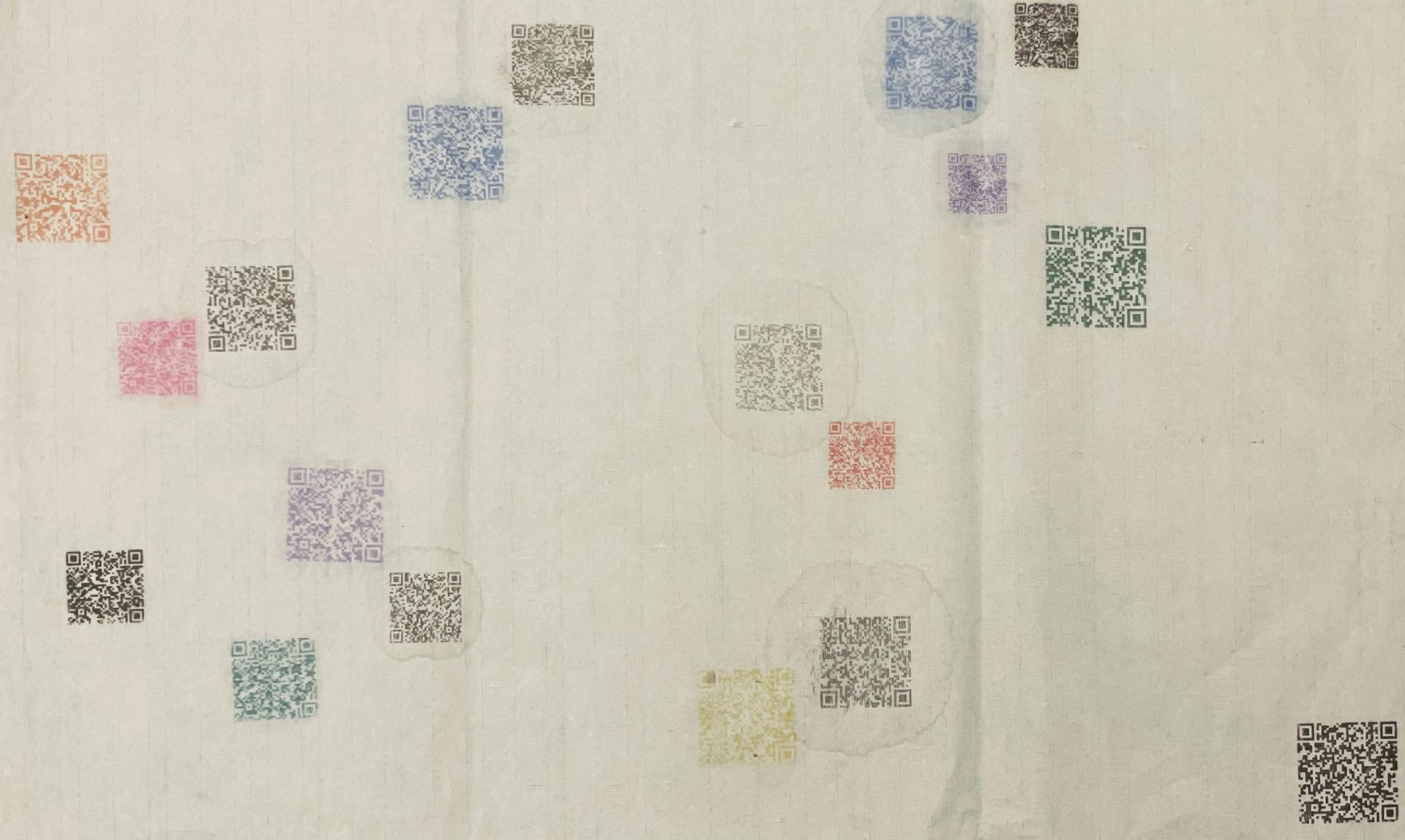Feifei Shen
A Collision of Technology and Art Learning
This research thesis investigates the integration of technological tools into the curriculum and pedagogy of art education. By focusing explicitly on art education outside of school, it examines how technological tools expand the art learning possibilities for children and youth, enrich their art learning experiences in balance and connection with traditional arts media as well as strengthen engagement for those digital natives. Meanwhile, this research aims to contribute to a current understanding of technology integration into art curriculum and pedagogy for children and youth through literature reviews and research projects using a variety of methodologies, and then to determine what art learning might look like for children and youth where integrated with technological tools. This thesis will be the beginning point for me and extends my curiosity about what innovative art education will look like in the future for the next generation when advanced technology becomes available.
Image

Research Project: Art-making
The Mapping Project
This mapping artwork gathered numerous examples of how to incorporate technology tools into art curriculum and pedagogy that I could apply to my future art teaching practice in the future art learning space. While making this art-based inquiry, I mapped out the possibilities for diverse learning experiences that technology can provide. It demonstrates my narrative perspective on acquiring technology tools through personal use, classroom instruction, peer inspiration and sharing, and lesson planning. I classified the technological tools I used into four stages of integration into art education: researching, learning, engaging, and creating. The majority of the tools I chose are featured in the videos to demonstrate how they are used. Some are from peers and include my interaction, like the Nearpod and MixCollage, and one is a simple prototype I created for my imagined art tools for my future art education studio, like the XD APP Prototype.
Additionally, after collecting and documenting those instances of technology tool usage, I converted them to QR codes. QR codes are an art interaction tool that I have discovered in recent years in museums and galleries. Correspondingly, I chose QR codes because I wanted to incorporate Human-Computer Interaction (HCI) into the interaction portion of my piece, which also represents the future of technology-influenced art learning. Following that, I printed QR codes and transferred them to Chinese rice paper. Due to the fact that my first art class was Chinese painting, this Chinese rice paper represents my entry point into the world of art.
Moreover, those QR codes are a representation of the current state of art-based inquiry and future imagination. This transaction establishes a link between my previous art education experience and the present and future. It demonstrates how artmaking, from traditional ancient painting to contemporary technology, has involved contemporary art, which is the dialogue between past and future art education. I created a timeline of the QR codes as I learned and used those tools. It depicts the “in-process” setting in which I planned to gather technological tools and learn how to create more playful, joyful, and engaging art experiences for students.
Furthermore, this artwork is interactive. During the interaction portion, there will be a survey QR code for them to complete as feedback after they “view” and “interact” with this artwork. I chose to make this artwork interactive because art education requires interaction with instructors, peers, materials, and processes. It is critical that I learned at TLAD that both content and engagement in the learning process are necessary components of art education. As I gathered technology tools and transformed them into this artistic mapping project, I was reminded of the a/r/tography that binds my roles as an artist, researcher, and educator. This artwork enables me to investigate the possibilities of teaching with technological tools in the future to support my research and teaching practice. Likewise, it serves as a connecting point for theory and understanding from my artist, researcher, and teacher identities, assisting my inquiry in a continuous process.
Research Project: App Design
RISDedu
I collaborated with a classmate to conduct a UI/UX design project called RISDedu during the winter session. We started with research on the potential market and competitors, like Skillshare, and produced hypotheses to develop needs from making personas and storyboards. Then, we mapped out the navigation and finally created different prototypes of the designs. RISDedu assisted me in compiling a comprehensive investigation into the effects of art learning experiences delivered via technology and discovered the strengthened engagement of art learning experiences could provide to diverse students from various locations.
From designing the app’s UI/UX, I learned how critical user experience is to art learning experiences, just as important as the content provided. The user interaction and experiences provided by technology will boost engagement and provide users with more autonomy in art learning. Technology creates new possibilities for art education by allowing for various approaches, times, and locations. There are still a few functionalities that require updating in response to user feedback. I wish to continue developing these concepts, and I hope to bring them to fruition in the future.
- Architecture
- Ceramics
- Design Engineering
- Digital + Media
- Furniture Design
- Global Arts and Cultures
- Glass
- Graphic Design
- Industrial Design
- Interior Architecture
- Jewelry + Metalsmithing
- Landscape Architecture
- Nature-Culture-Sustainability Studies
- Painting
- Photography
- Printmaking
- Sculpture
- TLAD
- Textiles
